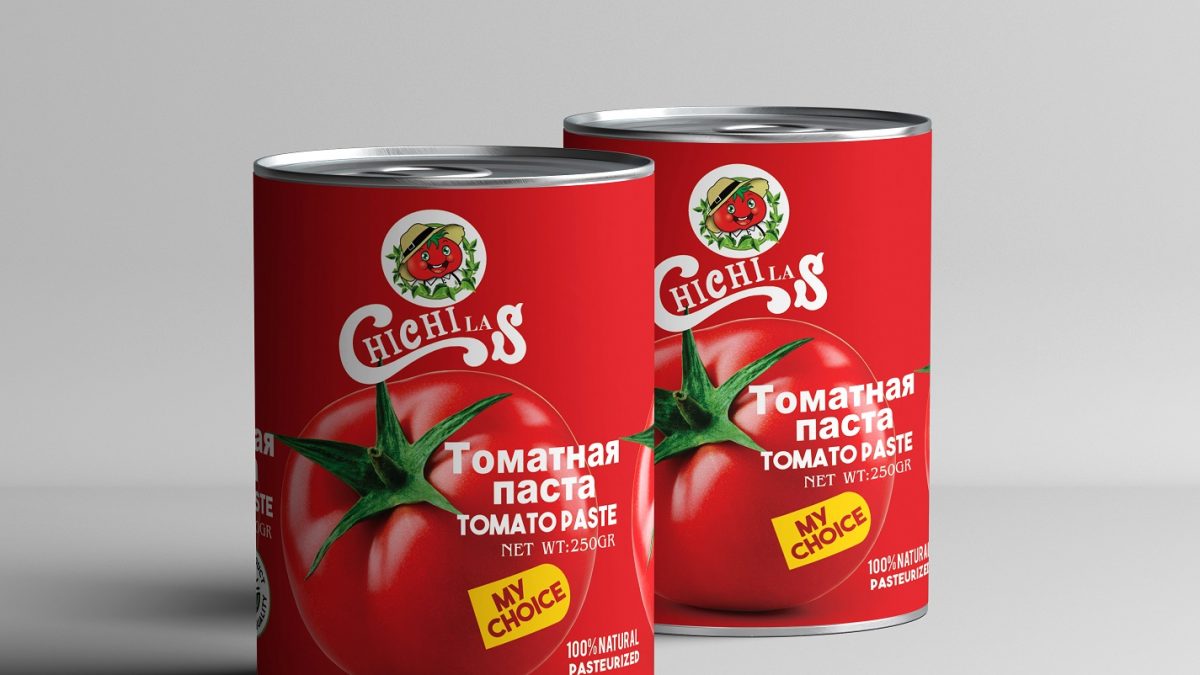International standards of canned tomato paste
Tomato paste is a product produced from the process of concentrating tomato juice. Countries around the world have considered local standards for this product. However, here we have briefly summarized the relevant standards of the United States Department of Agriculture (USDA) and the Food and Agriculture Organization of the United Nations (FAO) and other general concepts related to canned tomato paste standards. We review here the general concepts so that they can be generalized in similar cases to other standard codes with slight modifications.
 Tomato paste concentration
Tomato paste concentration
The concentration parameter expresses the percentage of dissolved solids (except salt) in tomato paste, which is also known as Brix. According to the USDA standard, the Brix index is more than 24% acceptable, which is classified into the following 4 groups:
Tomato pastes with low concentration: 24 to 28 %
Tomato pastes with medium concentration: 28 to 32%
Tomato pastes with high concentration: 32 to 39.3%
Tomato pastes with very high concentration: more than 39.3%
Texture of tomato paste
Observers determine the texture of tomato paste as a quality parameter. They describe this parameter using the following two terms:
Fine texture: Tomato paste has a smooth and uniform texture.
Coarse Texture: Tomato paste has a grainy and slightly granular texture.
The texture of tomato paste is usually a parameter that is more related to the taste of the final consumer. In other words, even if experts recognize a tomato paste with the following texture as standard, most consumers still prefer tomato paste with a soft texture.

Tomato paste color
In terms of quality, the color of tomatoes should be in the range of red to relatively dark red. However, experts also consider the color parameter as a quantitative physical index. There are various methods to measure the color of tomato paste, the most common of which is the use of a spectrophotometer. The spectrophotometer device measures three parameters—a, b, and L. Depending on the device type and the tested product (such as tomato paste or tomato sauce), specific formulas calculate the color. For example, for BYK Gardner spectrophotometer, the formula for calculating tomato paste will be as follows:
Tomato paste consistency
The Bostwick test measures the consistency of tomato paste. In this test, technicians first dilute the tomato paste to a specific amount and then place it in a chamber above the Bostwick device. Next, they measure the distance the diluted sample travels within a set time as it moves down the device under its own weight. This distance serves as the consistency index of the tomato paste. According to the research done, diluting the tomato paste to the Brix range (12-16) and considering the time of 30 seconds will give the best estimate of this index.

allowed ingredients
Fresh tomatoes are the only main ingredient for the production of tomato paste. But according to the FAO standard, depending on the type of formulation of the final product, the use of the following 4 substances is also allowed:
- salt (sodium chloride)
- Spices, aromatic plants (such as basil leaves) and natural extracts
- Lemon juice
- Drinking water
Contact Us to Buy or Distribute
For more information or to place an order, please feel free to reach out to us. We are happy to provide assistance with bulk orders, distribution inquiries, and any questions you may have.
General Director: Engineer Ibrahim Paski
📱 Mobile: +98 912 043 7969
📞 Office Phone: +98 11 33 30 4007
📠 Fax: +98 11 33 30 4007
📧 Email: foodkov@yahoo.com




 Tomato paste concentration
Tomato paste concentration



